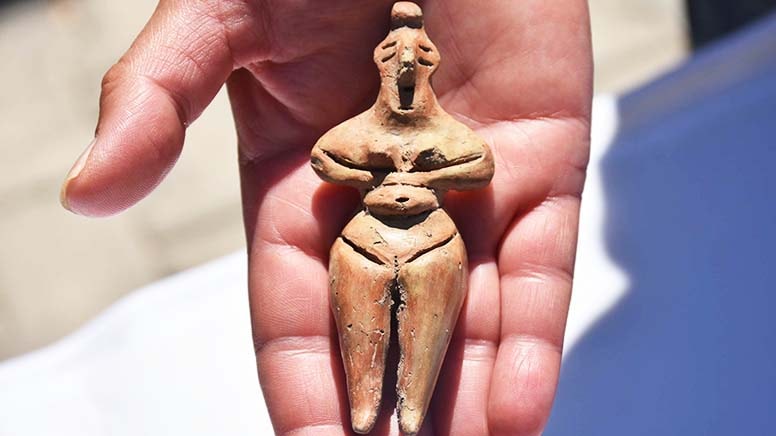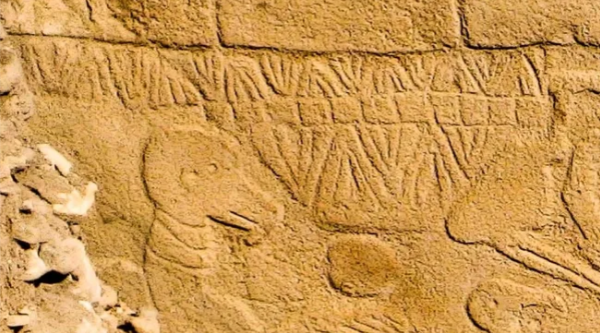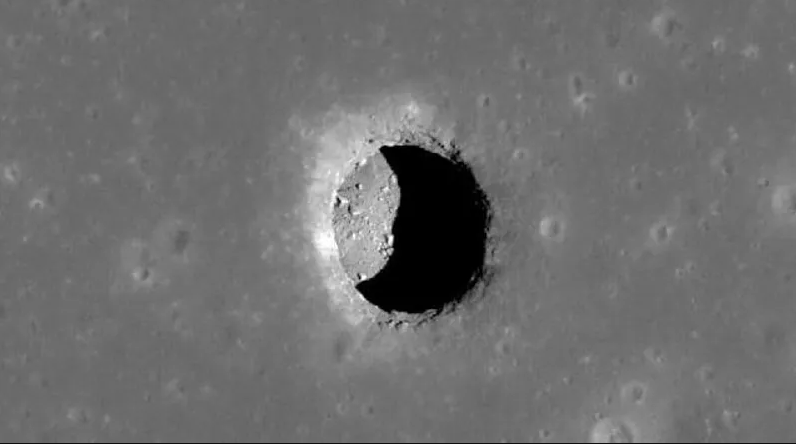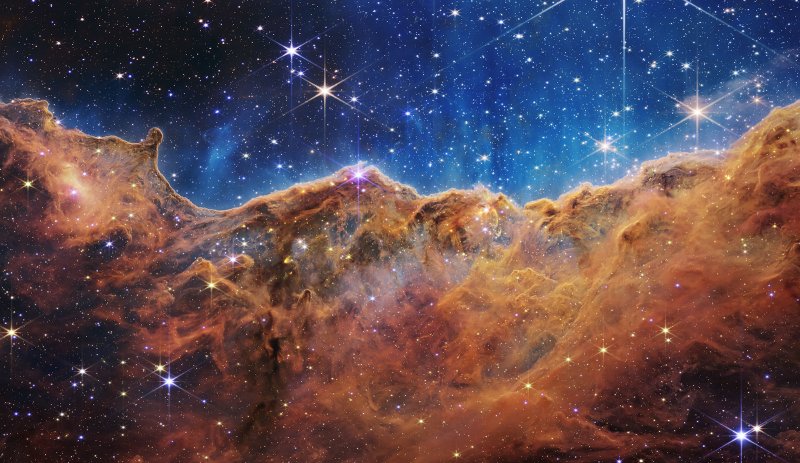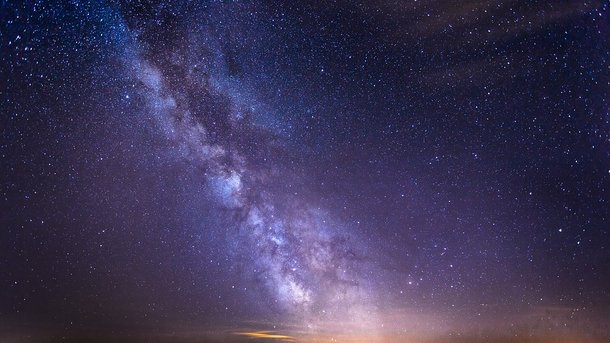
- A-
- A
- A+
The orionid meteor shower
This year Earth is traveling through the tail of the magnificent Halley’s Comet, which will cause a spectacular meteor shower called The Orionid Meteor Shower.
This extraordinary occurrence will last until November the 14th, but you shouldn’t wait that long because this meteor shower is going to reach its peak October 20-21.
Unfortunately, not everyone will be able to see this breathtaking sky event. The best chance of viewing this meteor shower will have the people located across the plains and the southwestern part of the United States.
If you happen to be in the eastern part of the US, you probably won’t be able to see the meteor shower, but hey, keep looking up, you may spot something up there after all.
You have the best chance of seeing this rather bright meteor shower if you’re located somewhere where there’s no light pollution and cloud coverage.
During its voyage through the Solar System, Halley’s comet gets a too hot which causes parts of her icy structure to instantly turn into gas.
This majestic comet comes from distant and cold reaches of space and when it enters our Solar System it experiences overwhelming temperature difference.
This causes spectacular gaseous outbursts that launch solid segments out into space along with them. Some of those solid parts head towards our planet but they immediately burn out in Earth’s atmosphere.
This is what makes this meteor shower so spectacular.
The Orionid meteor shower isn’t the only meteor shower caused by this restless and majestic comet. Halley’s Comet actually produces plenty showers during its voyage and one of those meteor showers is the famous Eta Aquariids which occurs each May.
Similar News
Links

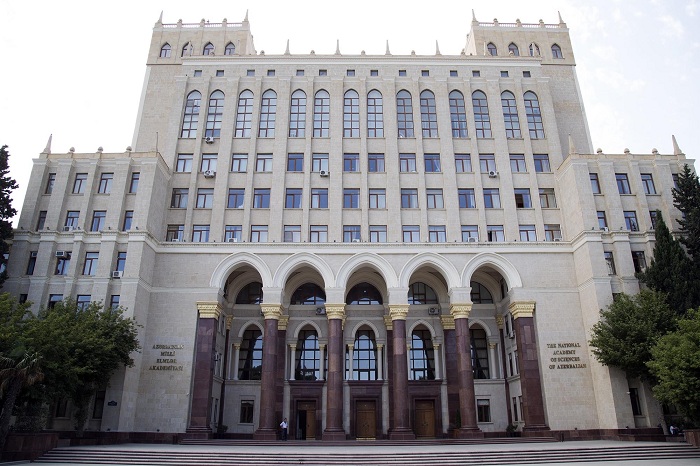


 Elm TV
Elm TV
 Photo
Photo
 Video
Video
